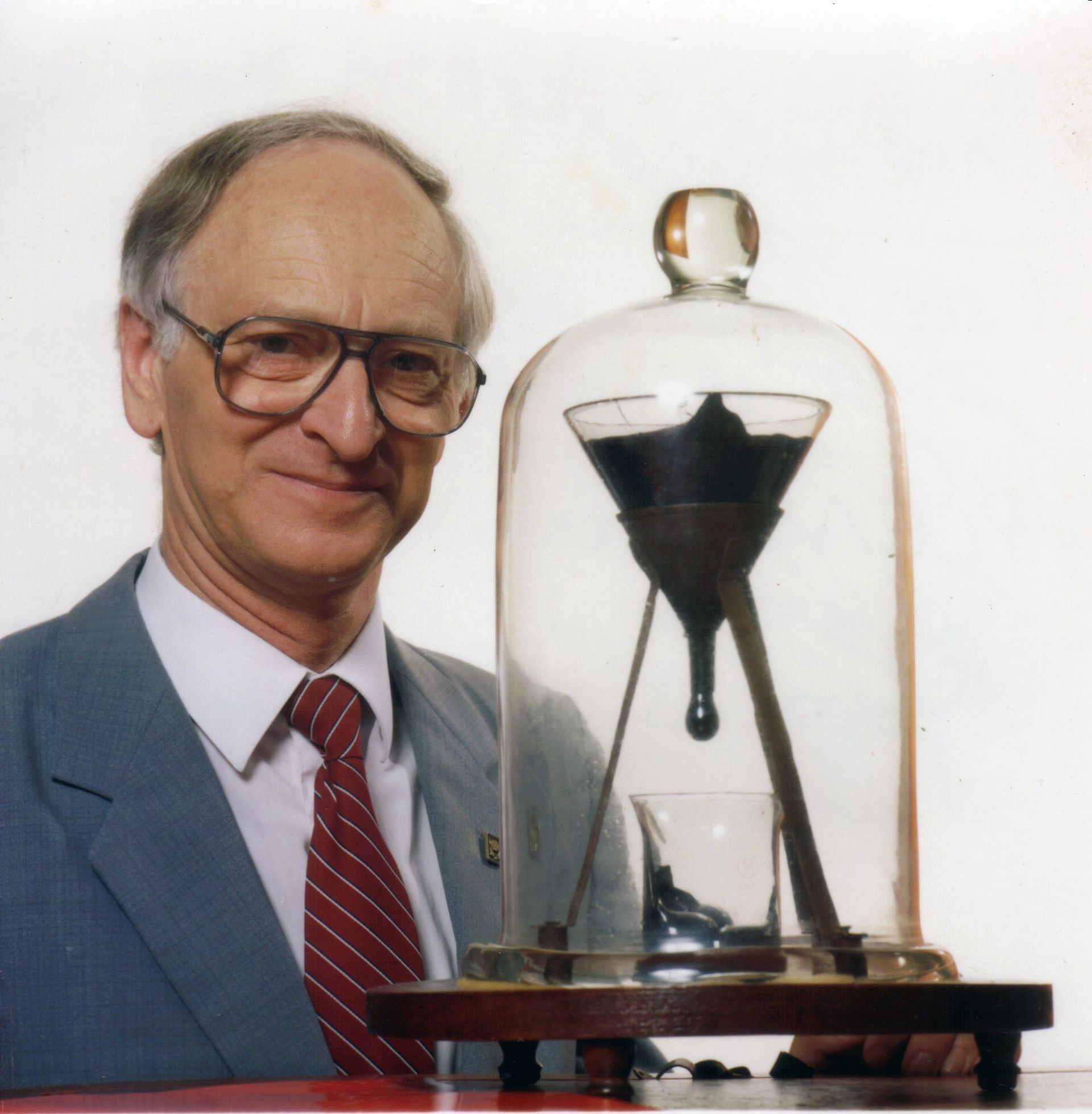Let's assume zero gravity, zero initial speed everywhere, $Re \ll 1$ and $Ca \ll 1$
Will such a liquid body always become a sphere or will it sometimes split?
Formally speaking, I'm talking about
$$ \lim_{viscosity -> \infty} \lim_{t -> \infty} ShapeAtTime(t) $$
(Sufficiently high viscosity will also limit $Ca$, even though it is not directly in the expression)
I think it helps to think about this kind of experiment, but with an hourglass-like shape: Will its neck widen or expand at zero gravity?

